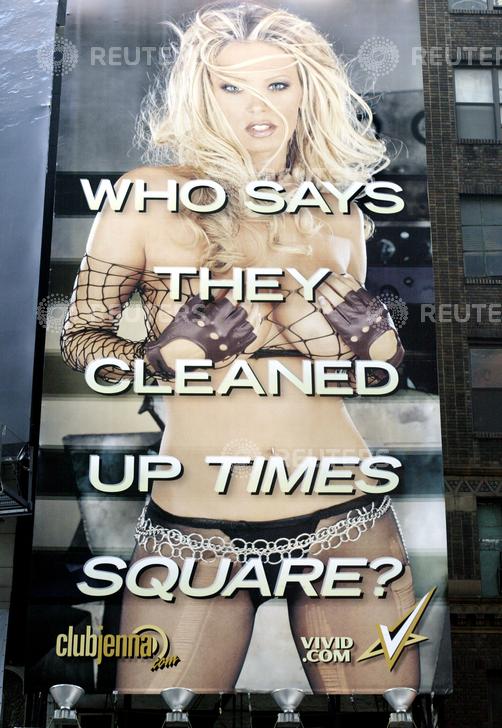
As part of the "China Contemporary" exhibition, the Netherlands Architecture Institute organized a series of events, which included a lecture by Rem Koolhaas. It was a very interesting lecture. At the beginning Rem Koolhaas noted that he much preferred talking to a small audience where he could freely venture new ideas. Despite the large crowd which had paid 15 euro to attend the lecture, he talked about some of the issues that he and OMA|AMO are currently working on.
Koolhaas began by pointing out that, before commenting on urban developments in China, we should first look at the changes in European and American cities over the past 30 to 40 years. There may be a blind spot which prevents us from seeing that much of our criticism of urbanization in China actually reflects changes in our own cities and ourselves. Koolhaas also remarked that most European/American manifestoes about the city were published when Europe and the US were growing. Now that China is growing faster than either Europe or the US ever did, China is criticized for its growth.
Cities used to be associated with adventure, excitement and danger. Today's cities are all being cleaned up. There are security cameras and speed bumps everywhere. Only those trees which do not cause too much inconvenience are being planted, of course identically spaced and of the same height. 9-11 only accelerated this development. To illustrate his point Koolhaas showed a totally inconspicuous street scene at the Isle of Wight from the 50s or 60s, with all the elements that would now be considered suspicious marked and, in a second slide, blanked out. A parked van, a man in a long raincoat, religious symbols etc.
In today's cities art is used as a substitute for adventure. Koolhaas illustrated this with a photo of Anish Kapoor's stainless steel Cloud Gate sculpture in Chicago's Millennium Park, a shiny, reflective blob, which in all its beauty is also perfectly bland. Koolhaas also gave an interesting analysis of Christo and Jeanne-Claude's "The Gates" in Central Park. Their old works were all interventions in the landscape. There is undeniably something weird about their "Valley Curtain" (Colorado, 1970-72) and their wrappings of buildings such as the "Pont Neuf" in Paris and the Reichstag in Berlin. These projects are entirely pointless and this is what makes them interesting. Why wrap a building? Why span a curtain across a valley in the middle of nowhere? By contrast, by spanning the walkways in Central Park, "The Gates" emphasized the public space, instead of transgressing or challenging it. With their colours they were also a decorative element in the city. It is also interesting to observe that the reason the newly elected mayor of New York, Michael Bloomberg, gave permission for the project, was that it would attract tourists to the city during an otherwise unpopular period of the year (early March).
Koolhaas went on to discuss some of the projects OMA|AMO had worked on in China. He is, of course, well aware of the political dimension of the CCTV project. Most attention has gone to the iconic shape of the main tower, but the project actually comprises several buildings and a public space for large gatherings, concerts etc. He said how in recent years he had become interested in preservation and presented some of the research he and his firm had done into this issue. One of the things they discovered was that the first preservation laws were constituted at the precise moment when industrialization began. Preservation thus becomes not the opposite, but a sign of modernity and modernization. They also found that the window of what is being preserved under preservation laws has become ever smaller. Already icons of the 80s and 90s are being preserved and pretty soon preservation will become part of the design process, as Koolhaas joked. (This material is also covered in Content, page 454-467).
Chinese local governments are aware of the need to preserve and Koolhaas showed the typologies for urban preservation OMA had presented as alternatives for the standard preservation of a historical city centre, which then becomes a congested tourist attraction. Additionally, OMA had proposed to preserve more than just an iconic building.
What I myself find interesting in Japan and also in China and what is somehow suppressed in Europe (by new regulations) is that customs are preserved by the people, giving rise to an interesting mixture of old customs and new materials. You can see this for example in the way in Japan things are stacked and proportions are respected.
Koolhaas ended his lecture with some remarks about the difference between the Western cult of genius and the Chinese emphasis on the collective, which expresses itself among other things in Western luxury brands on the one hand and Chinese fake, pirate products on the other. I would have liked to press Rem Koolhaas to expand on this, especially because Prada is one of OMA's clients.